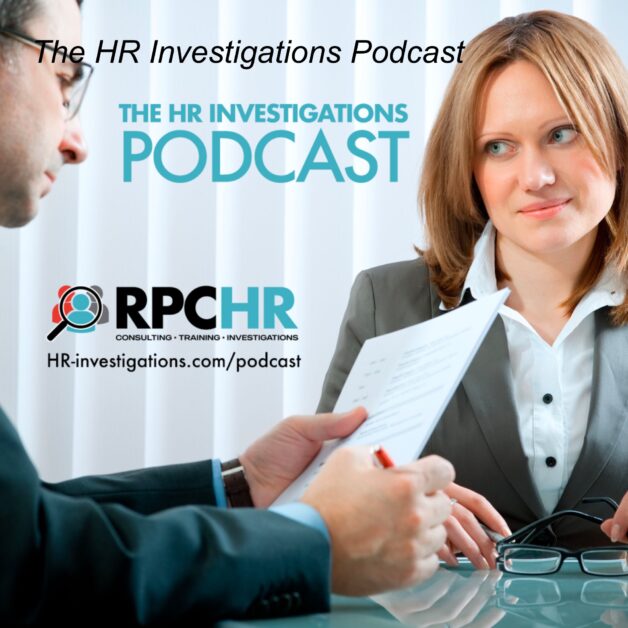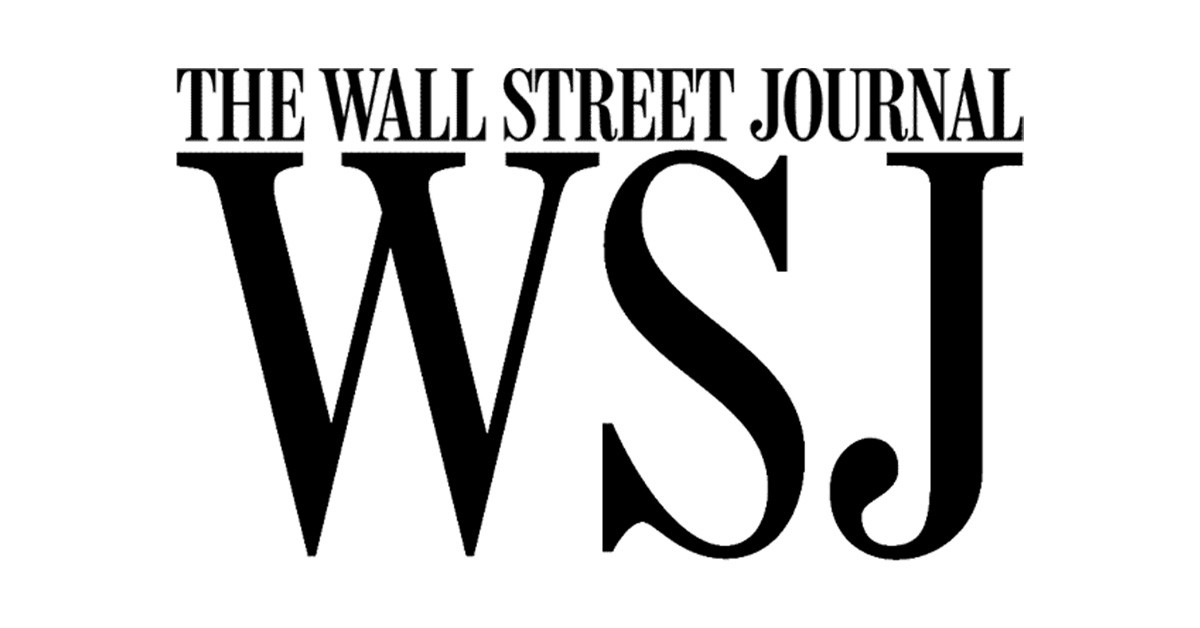As we explore the insights from the Eighth Annual Employee Relations Benchmark Study, a critical issue emerges that demands our attention: the employee/employer trust gap.
Trust is the cornerstone of any thriving organization. And while 89% of organizations agree that it is a priority, many struggle to cultivate trust effectively. Let’s explore how we can bridge this gap.
The Need for Transparent Communication
Transparency is essential in building employee trust and establishing a culture that respects and values each individual. By keeping employees informed about workplace issues, including the outcomes of investigations and the processes we use to resolve them, we do more than just inform them—we empower them.
But only 11% of organizations share aggregated, anonymous investigation data with their employees, mainly due to legal concerns. Yet, the value of transparency in building a trusting and open workplace culture cannot be overstated. If your organization hasn’t yet found a method to share this kind of information, consider using a Transparency Report Template to create a plan to navigate the complexities of sharing aggregated information.
Without transparency, employees draw their own conclusions about how issues are handled, and mistrust and speculation grow, which can lead to a disengaged workforce and increased turnover. The Equal Employment Opportunity Commission (EEOC)’s Workplace Guidance to Prevent Harassment also mandates that employers to share results and inform involved parties about concluded investigation outcomes.
Building trust through transparency requires a comprehensive approach, including setting clear expectations about the investigation process. We must also tailor our communication about investigation outcomes to ensure it is both appropriate and impactful and continuously test and refine our processes.
Committing to Consistent Aftercare and Feedback
Aftercare is a critical yet often overlooked aspect of employee relations. It is essential for building trust and ensuring the well-being of employees after an investigation. Alarmingly, only 6% of organizations have a defined aftercare process in place, and a mere 20% actively seek employee feedback post-investigation. This lack of attention represents a missed opportunity to improve, re-engage and support our employees once an investigation has concluded.
A structured aftercare process is more than just a procedural formality, it’s a profound demonstration of our commitment to employees. This commitment resonates deeply, having a tangible impact on your brand and employee trust. By regularly checking in and establishing robust support mechanisms, we can proactively address ongoing concerns, prevent retaliation and retain top talent. When reported issues are thoroughly investigated and resolved, employee referrals have been shown to nearly double, strengthening your organization’s reputation.
Collecting feedback helps us gain critical insights into the effectiveness of our processes and the well-being of our employees. It shows that we care deeply about their experiences and are dedicated to following through to ensure issues are addressed effectively and resolved. The EEOC also advocates for the importance of continuous monitoring of the situation to ensure the behavior has stopped. Proactive monitoring is a key component of effective aftercare, ensuring that the workplace remains a safe and supportive environment for all employees.
Harnessing the Power of Data in Employee Relations
Data is a powerhouse in employee relations. In 2023, 67% of organizations used data to craft more insightful, data-driven initiatives for their employees. Data helps us identify patterns, predict outcomes and take proactive steps to build employee trust.
Here’s how organizations are putting their data to work: by analyzing trends, companies can step in early to significantly cut down on employee turnover. They’re also diving into data around case closure times and procedural bottlenecks. This sharp focus helps pinpoint inefficiencies, paving the way for strategies that speed up resolutions and boost operational effectiveness.
By keeping an eye on specific challenges—like productivity dips, slow resolution times or a rise in unreported issues—leaders can act swiftly. Not only does this help with solving problems as they arise; it creates a culture that’s responsive and attentive, ensuring employee concerns are addressed promptly and thoroughly.
Bridging the trust gap in employee relations is more than just policy implementation; it’s about cultivating a culture of openness, respect and continuous improvement.
For more insights and detailed findings from our Eighth Annual Employee Relations Benchmark Study, I invite you to download the report and join us in our mission to build more trusted workplaces.




